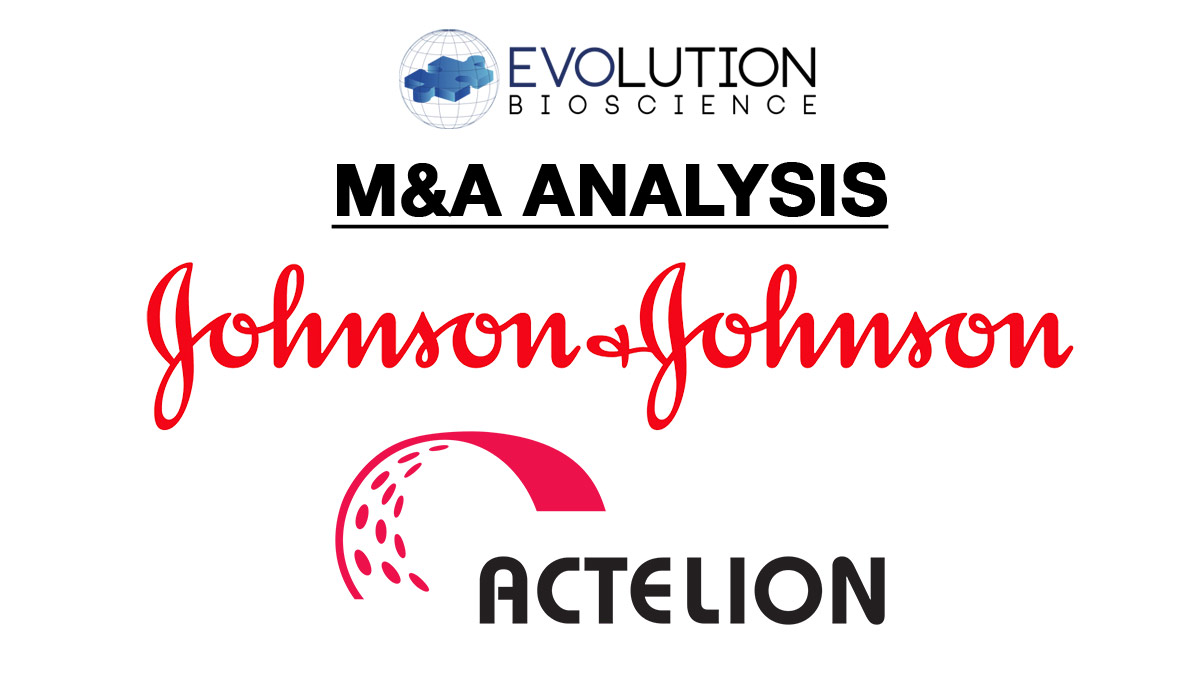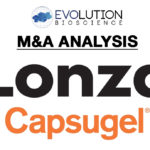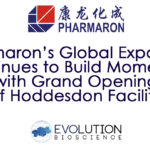
Healthcare multinational Johnson & Johnson will pay $30B to acquire Swiss drugmaker Actelion in an all-cash deal. Under the conditions of the deal, Actelion will spin off its early-stage pipeline assets into a publicly-traded entity before the acquisition is finalised, with J&J taking a 16% stake in the new company, along with an option to purchase an additional 16% stake in the future.
The acquisition does not come as a surprise considering that Johnson & Johnson had previous bids of $26B & $27B rejected in late 2016, however the $30B valuation of Actelion has shocked investors and analysts who view the company as overvalued considering their current assets. The $30B acquisition, which is 25 times Actelion’s likely 2016 revenue without full asset access, represents 10% of J&J’s current market capitalisation. Based on Actelion’s pre-acquisition closing price of 227.4CHF, J&J’s $280 per share offer represents a 23% premium on current market value.
In terms of commercially available assets that J&J will gain through the acquisition, Evolution Bioscience Director Dr. Frank Rinaldi has forecasted the following end-of-2016 values and growth for Actelion’s marketed products:
| Compound | Indication | Status | Est. 2016 Revenue (CHF Millions at CER) | Estimated Growth |
|---|---|---|---|---|
| Tracleer (bosentan) | First oral treatment approved Pulmonary arterial hypertension (PAH). Also approved in the EU for the reduction in the number of new digital ulcers in patients suffering from systemic sclerosis and ongoing digital ulcer disease. | Available in over 60 markets, including the US (2001), the EU (2002), and Japan (2005). | 1,092 | -18% |
| Veletri (epoprostenol for injection) | Novel formulation with greater drug stability to slow the rate of drug degradation at room temperature. Used to treat adults with certain kinds of severe pulmonary arterial hypertension (PAH) (WHO Group 1) | Available in 17 markets, including the US (2010), Switzerland & Canada, (2012), Japan and some European markets (2013). Registration process for other countries is ongoing. | 96 | 19% |
| Opsumit (macitentan) | Oral medicine used to treat pulmonary arterial hypertension (PAH, WHO Group 1), to delay disease progression. | Available in over 35 markets, including the US (2013), Germany (2014) and Japan (2015). The registration process for other countries is ongoing. | 756 | 76% |
| Uptravi (selexipag) | Uptravi (selexipag), originally discovered and synthesized by Nippon Shinyaku. The only approved oral, selective IP receptor agonist targeting the prostacyclin pathway in PAH. | Available in 6 countries including the US & Germany (2016). Market authorization has also been received in Australia, the EU, Japan, New Zealand, South Korea, & Switzerland. Registration process for other countries is ongoing. | 180 | - |
| Ventavis (iloprost) | Inhaled formulation of iloprost, indicated for the treatment of PAH (WHO Group 1) | Actelion has marketed Ventavis in the US since 2007. Bayer Healthcare markets Ventavis elsewhere. | 86 | -27% |
| Valchlor (mechlorethamine) | Approved for the topical treatment of Stage IA and IB mycosis fungoides-type cutaneous T-cell lymphoma in patients who have received prior skin-directed therapy | Available in the US (2013) & Israel (2016). | 36 | 43% |
| Zavesca (miglustat) | Oral monotherapy for the treatment of adult patients with mild to moderate type I Gaucher disease (GD-1) for whom enzyme replacement therapy is not a therapeutic option. In EU, is also indicated for the treatment of progressive neurological manifestations in adult patients and paediatric patients with Niemann-Pick Type C (NP-C) disease | Available for the treatment of GD-1 in 47 countries, including the US and EU (2003). | 104 | 15% |
Critical to the continued success will be the need to drive registration processes through to all markets required. Additionally the decline in Tracleer, which currently accounts for 46% of sales, should be limited only to countries in which Opsumit is available, and not generic competition.
In terms of later stage assets J & J will receive essentially one advanced compound covering 3 disease indications, as well as one other. The major opportunity is likely to be Ponesimod which hopes to gain a piece of $20B+ multiple sclerosis therapeutics market.
| Compound | Indication | Status |
|---|---|---|
| Macitentan | Pediatric PAH | Phase III, Initiating |
| Macitentan | Portopulmonary hypertension (PoPH) | Phase III, Ongoing |
| Macitentan | Fontan-palliated | Phase III, Initiating |
| Ponesimod | Multiple sclerosis | Phase III, Ongoing; Additional new trial at initiation stage |
“What’s interesting about this deal is that it leaves Actelion founder and CEO Jean-Paul Clozel free to do it all again via R&D NewCo,” notes Dr. Rinaldi. “This new company will retain the early stage assets as well as Actelion’s R&D capability, and will have a $1B war chest from which to draw funding.” NewCo early stage assets include:
| Compound | Indication | Status |
|---|---|---|
| Macitentan | Chronic thromboembolic pulmonary hypertension | Phase II, Complete |
| Cenerimod | Systemic lupus erythematosus | Phase II, Ongoing |
| Clazosentan | Reversal of vasospasm associated with aneurysmal subarachnoid hemorrhage | Phase II, Ongoing |
| Dual Orexin Receptor Antagonist | Insomnia | Phase II, Ongoing |
| Endothelin Receptor Antagonist | Specialty cardiovascular disorders | Phase II, Ongoing |
| Lucerastat | Fabry disease | Phase Ib, Complete |
| New Chemical Entity | Cardiovascular disorders | Phase I, Ongoing |
| New Chemical Entity | Inflammatory disorders | Phase I, Ongoing |
| Selective Orexin 1 Receptor Antagonist | Neurological disorders | Phase I, Ongoing |
| T-type Calcium Channel Blocker | Neurological disorders | Phase I, Ongoing |
Of these early developments, J&J has an option on Macitentan for Chronic thromboembolic pulmonary hypertension. Historically, Actelion’s R&D facility has successfully focused on small molecule and protein coupled receptors (GPCRs) as well as a specific enzyme family known as aspartic proteinases. This capability has expanded to anti-infectives, ion channels and a broad range of soluble enzymes. These capabilities should see a rich pipeline of early developments in areas such as oncology, neurology and novel antibiotics.
The acquisition raises questions as to J&J’s potential overvaluation of Actelion and whilst most industry analysts agree that this is the case, it is important to note that a historical precedent can be cited for the high valuation: in 2015 Celgene paid $7.5B to acquire Receptos in order to gain Receptos’ oral SP-1 modulating MS drug which was also in phase III, ozanimod.
Additionally, there is the potential for saving upon the acquisition via duplication function removal, as 29% of Actelion’s costs are associated with general, sales, marketing and distribution activities, which are estimated to be around $676M.
Whilst only time will tell whether or not the acquisition proves to be overvalued, the immediate benefactors of the acquisition are Actelion founder & CEO Jean-Paul Clozel and his wife, CSO & co-founder Martine Clozel, who collectively own approximately 5% of Actelion and will collect a $1.5B windfall whilst retaining controlling rights to early-stage assets.





